Up Next

When the upcoming F1 2020 game’s driver ratings were revealed on social media ahead of next month’s release of the latest game, they were met with spirited discussion.
Even Charles Leclerc got in on the act, describing some as “not appropriate, not very well rated” – specifically highlighting Williams driver George Russell’s modest overall rating.
Each driver is given a rating out of 99 for four attributes – experience, racecraft, awareness and pace. There is also an overall rating, ranging from 94 for Lewis Hamilton down to 64 for rookie Nicholas Latifi.
These ratings exist to assist the mechanics of the game. They will help shape the evolving driver market, creating a sense of order and logic for the moves that, as of F1 2019, can happen in-game. They will also influence how drivers perform on track and behave in battle. If you’re side-by-side with Valtteri Bottas (awareness 99), you’re far less likely to have a collision than if you are scrapping with Antonio Giovinazzi (awareness 79).
Just as with the player ratings in the successful FIFA football game series, these ratings will constantly be modified – with players given the option whether or not to apply these updates to active saves. Within each save, the ratings can also evolve, so there’s a particularly big potential upside to the younger drivers. Latifi’s ratings are low because he’s yet to make his debut, coming out last in three of the four categories and overall, but will presumably evolve quickly as his virtual career progresses.
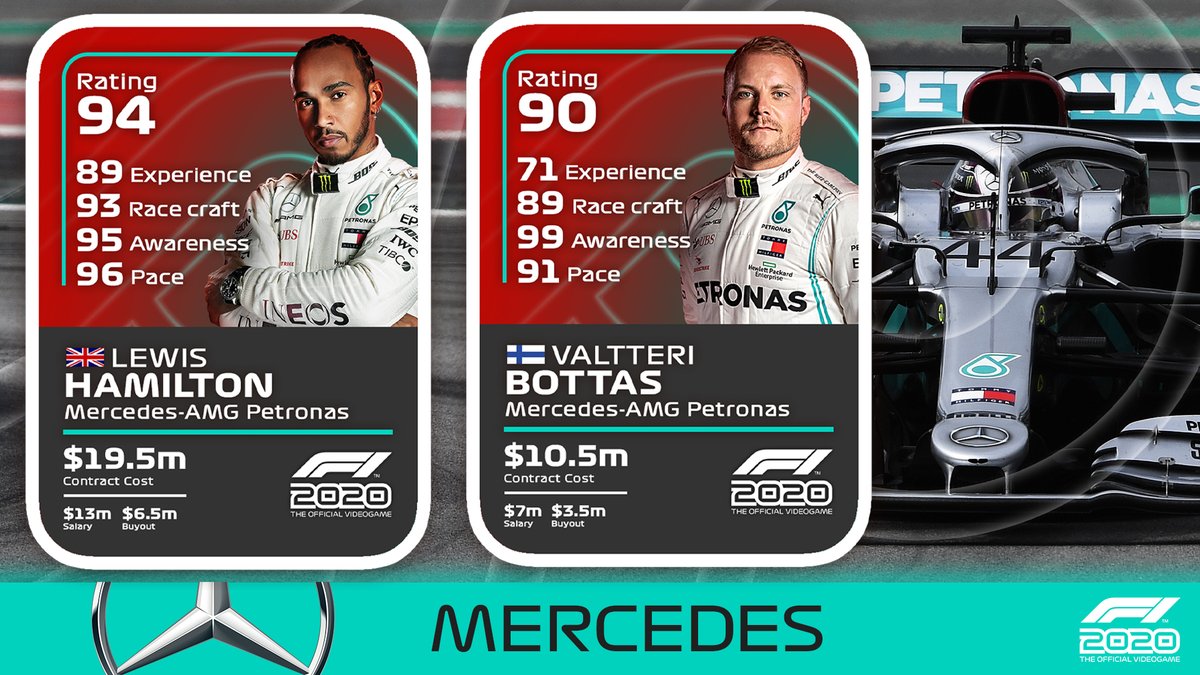
Codemasters did not create these ratings as a rigorous and in-depth evaluation of the relative abilities of drivers. They were generated with a data-driven system that left no room for the necessary subjective modifications needed to best reflect reality, so their success should be judged only by how well they drive the goings-on when playing F1 2020.
But that doesn’t stop us taking them seriously and scrutinising the ratings published as if they were to be applied to the real world.
EXPERIENCE
It’s difficult to argue with the bulk of the experience ratings. Logically enough, the most experienced driver on the grid, Kimi Raikkonen with 312 starts, is rated 98 and the least, Latifi, at 32. The rest are in between and ranked broadly in order of number of F1 starts.
Between Raikkonen and Latifi, the rating figures drop as the number of starts reduces. The relationship between starts and experience rating is not directly linear, but as you’d expect the ratio of starts to experience rating points is at its highest for the most experience (around 3:1).
Those at the other end of the scale are just under 1:2.5 as, logically enough, the slope of improvement is steeper earlier on in a driver’s career. Raikkonen isn’t going to learn a great deal from starts 313-322, while Alex Albon will get a lot from his next 10 races.
There are some inconsistencies. For example, Carlos Sainz Jr and Max Verstappen started their F1 career at the same time and have contested an identical set of races, yet there is a three-point difference in favour of the Red Bull driver. That can easily be justified as reflecting Verstappen’s extra experience of battling at the front, something Sainz hasn’t yet done. Experience must reflect range of their careers, not just number of starts, so it’s fair to bump up the rating of a race winner.
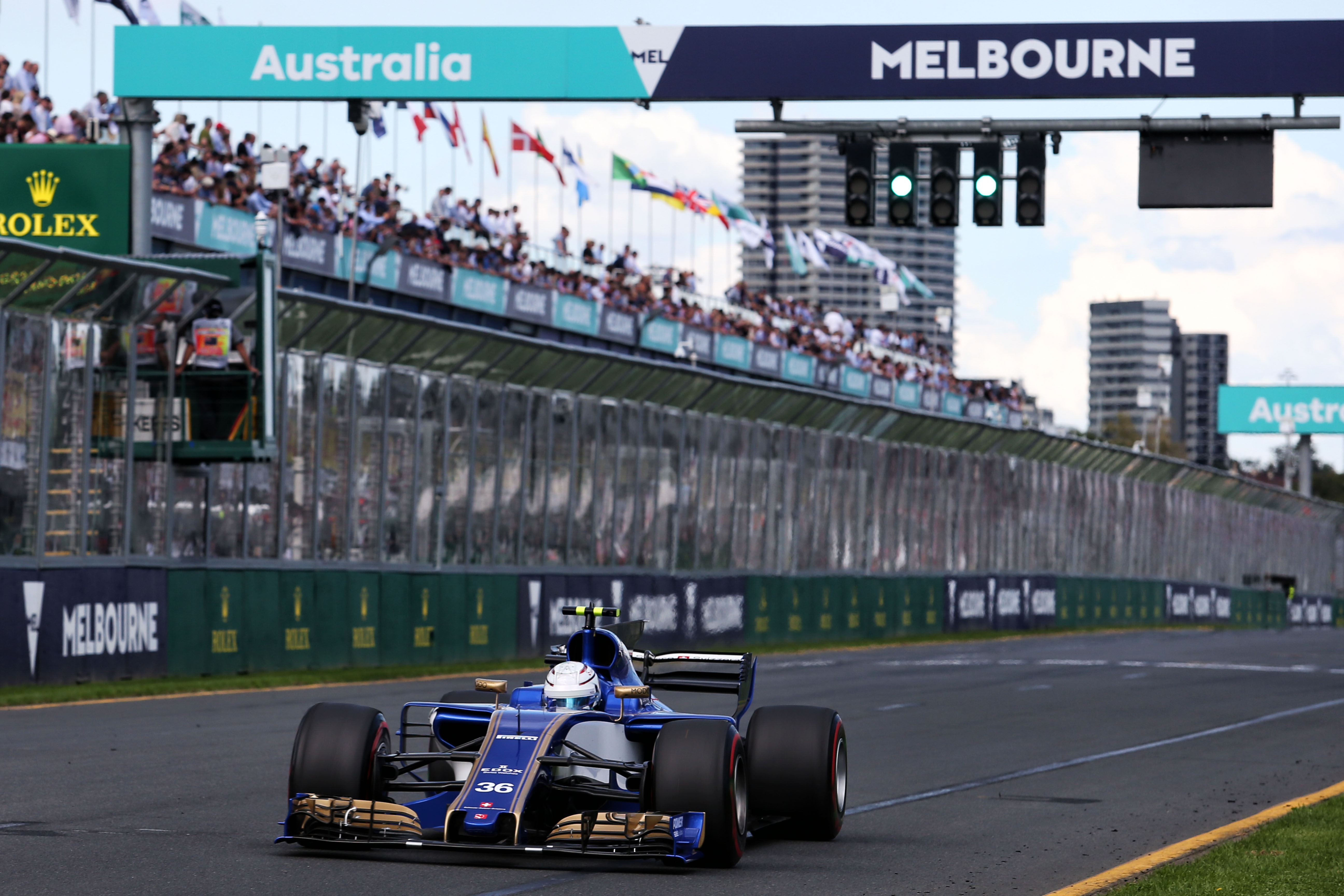
But it’s among the less experienced drivers – those who have contested three seasons or less – that things get erratic. The three drivers who made their debuts last year –Albon, Lando Norris and George Russell – are all rated at 52, yet Antonio Giovinazzi, who had his first full season in 2019 but also had a couple of starts for Sauber in ’17, on top of extensive time as Ferrari simulator driver, gets a rating of 47. A real rating for him should therefore be just north of the 52 of the ’19 rookies.
Charles Leclerc has a boost to 56 for his two seasons – putting him ahead of Esteban Ocon, for example, with two-and-a-half seasons. Again, this seems fair given Ocon is coming back after a year out and Leclerc’s experience as a winner with Ferrari. Gaps in careers and the experience of winning should have an impact on the rating.
Probably the most out-of-whack driver in this area is Pierre Gasly. He has started 47 grands prix, including a spell in a top team, yet has a rating of 53 – just one more than the ’19 rookies.
Given Lance Stroll, with three full seasons, is rated 57 and the one-season drivers just 52, it seems that the figures in this area should been widened a little to reflect the different levels of experience.
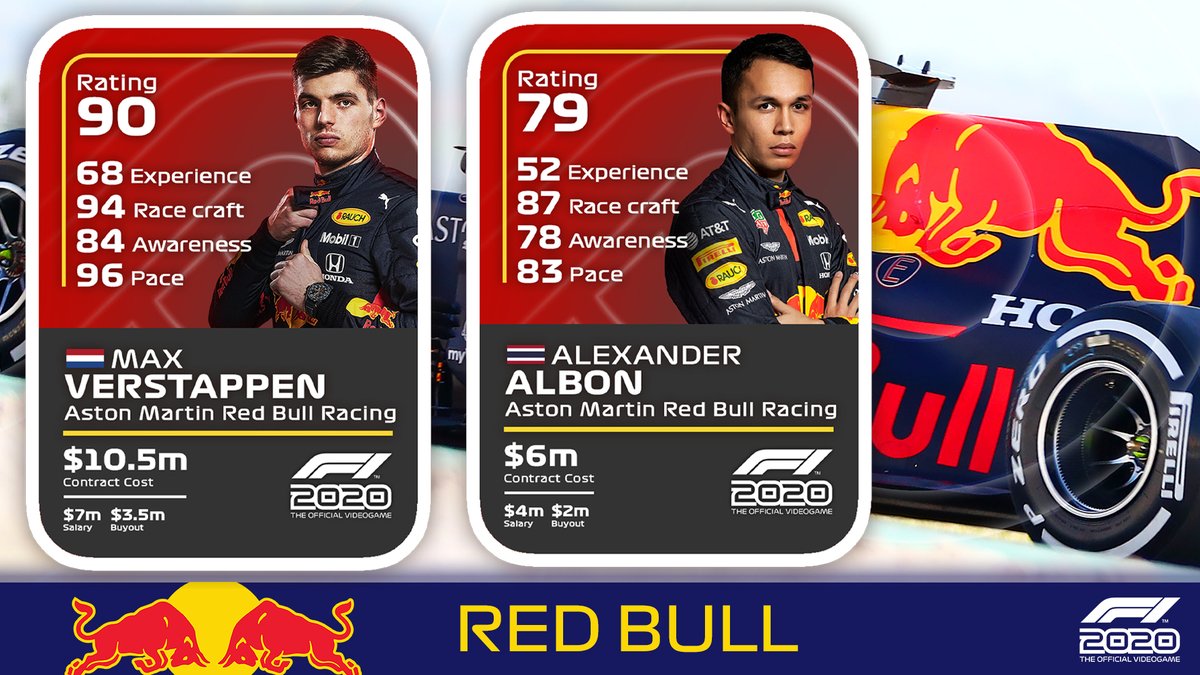
RACECRAFT
A racecraft figure would ideally apply to a driver’s all-round game in attack and defence and all of the other factors that go into managing a race. Codemasters says that this specifically boosts a driver’s capacity to “unleash more overtakes”, meaning overtaking skill should be considered a major factor driving the figure even though it’s necessary to include the other factors.
Best is Max Verstappen with a rating of 94, one better than that of Hamilton, with Charles Leclerc a further one behind. Putting Verstappen and Hamilton at the top is inarguable, much as you might quibble about the odd point in favour of one or the other. Verstappen is the more livewire overtaker, capable of unleashing unexpected and opportunistic moves, but when he has the chance Hamilton also excels in this area.
Probably the strongest quartet of drivers on racecraft are ranked in the top five, with Sergio Perez (91) and Daniel Ricciardo (90) fourth and fifth-best. Among that group, Charles Leclerc’s rating of 92 is perhaps slightly generous given he’s still improving in that area – last year, for example, he lost 5.3s to Sebastian Vettel in Singapore while the two Ferrari drivers were clearing the yet-to-stop midfielders after their pitstops and he still has a few rough edges to round off.
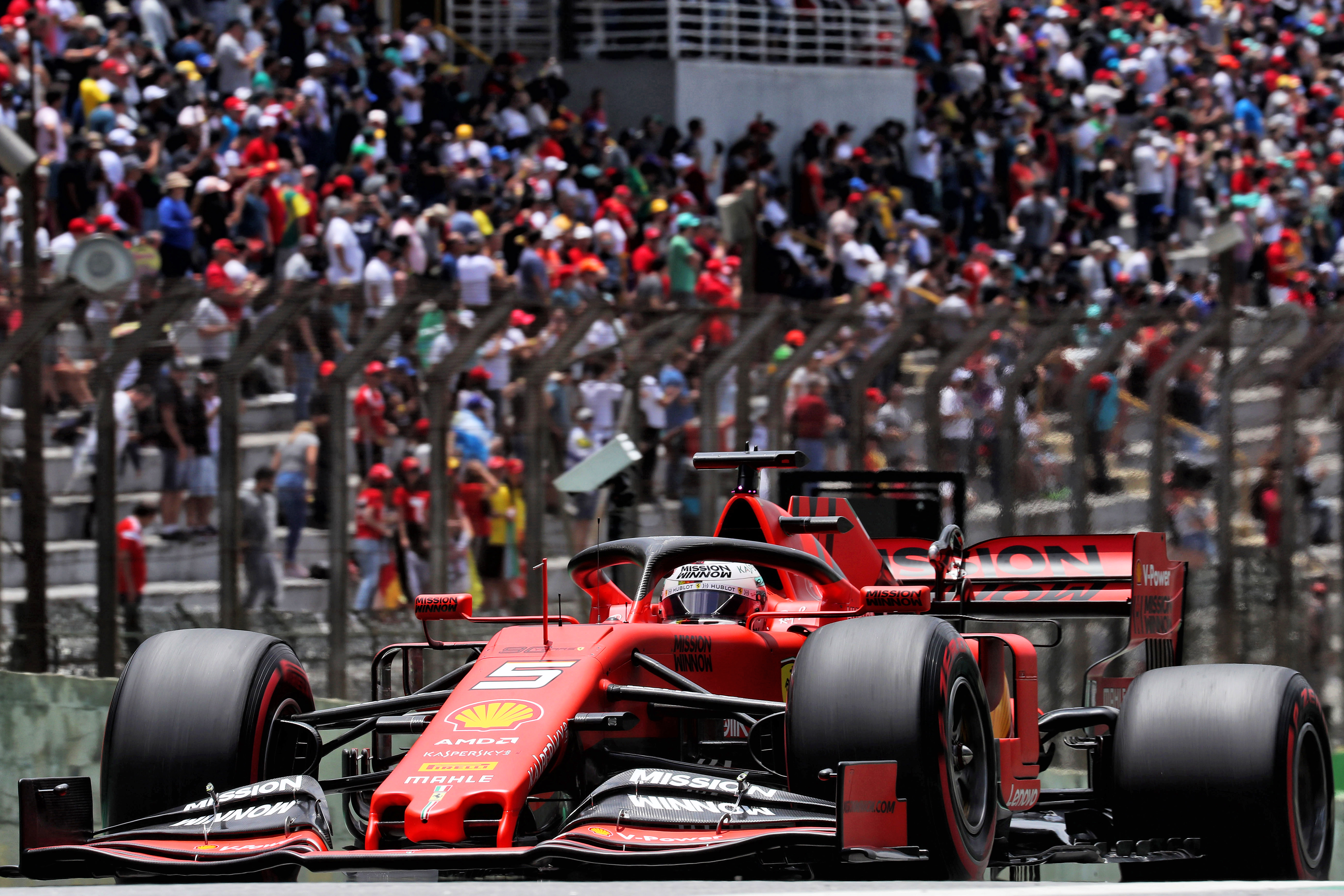
The racecraft rating gets a little muddier as you work your way down. Vettel’s capacity for mishaps over the past couple of seasons means 89 is high, while it’s premature for Ocon to be rated at 90. Along with Valtteri Bottas, you can make a case for them all being ranked below Carlos Sainz Jr – ranked 10th on racecraft on 88.
Kimi Raikkonen’s 84 is also low. He doesn’t have the edge of pace he once had and there are times when he struggles to force the issue in battle, but he executes races well and should be rated higher on this aspect of his game.
But with most of the field ranked from 94 down to Kevin Magnussen’s 79, there are not huge differences between the drivers. Russell’s 73, the same as Giovinazzi with only unproven Latifi behind, is harsh but reflects the fact he hasn’t been able to showcase his racecraft in a season off the back of the pack with Williams.
AWARENESS
This can be taken to mean awareness of track position relative to rivals, with Codemasters saying “a higher score here will mean the driver is less likely to lose control of their car when the going gets tough”. It seems fair to call this a ‘blunderousness’ rating.
Unsurprisingly, the drivers with a reputation for mishaps struggle this category. Haas pairing Romain Grosjean (77) and Kevin Magnussen (73), along with AlphaTauri’s Daniil Kvyat (74), are ranked in the lower reaches, although Giovinazzi again comes out badly at 70.
Grosjean’s occasionally capacity for mishaps means he can’t feel too hard done by, but it seems odd that he’s rated higher than Magnussen. The Dane has no lack of scrapes, but that tends to be driven by belligerence rather than outright mistakes and he’s never had the kind of run of errors Grosjean has occasionally been struck by.
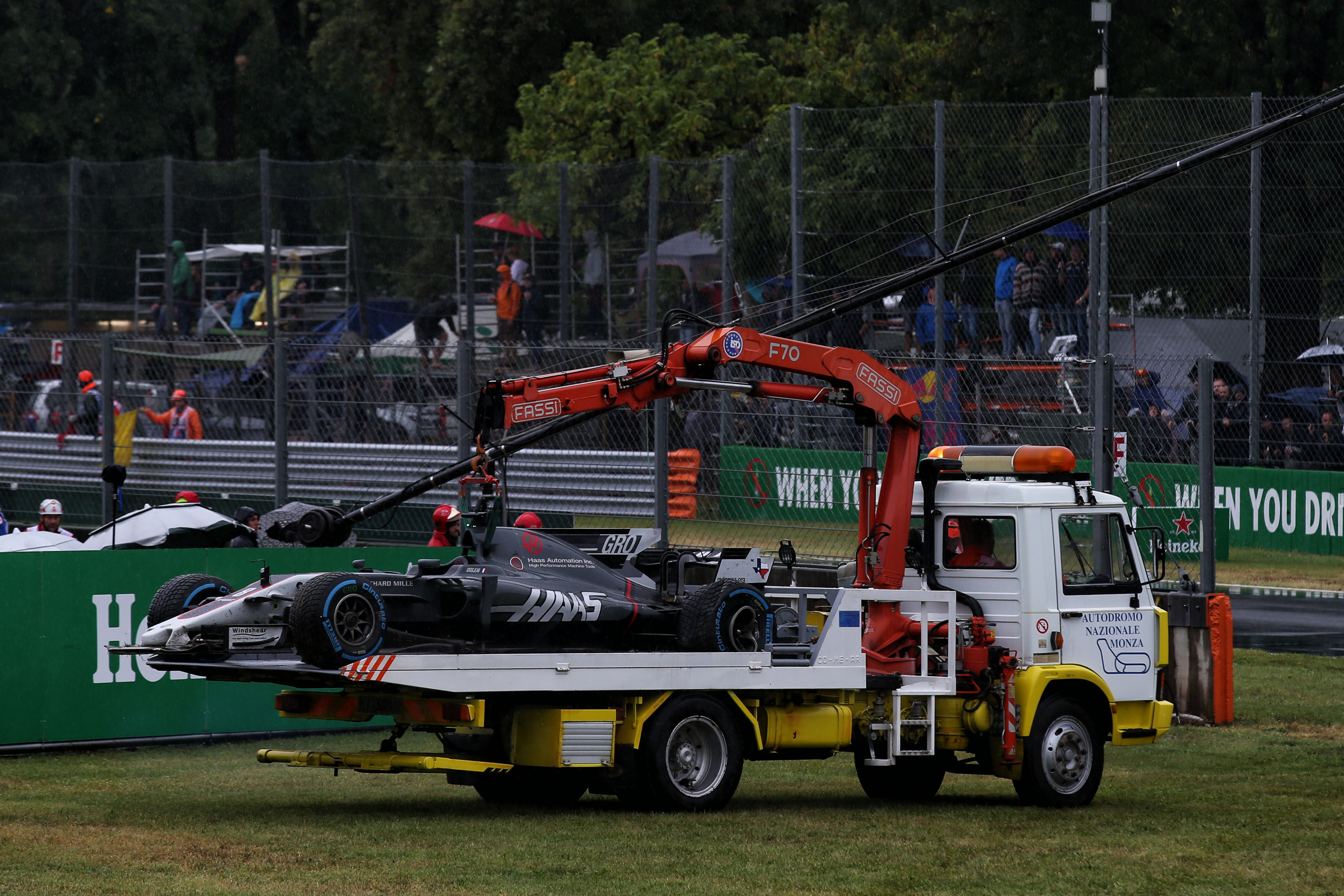
On the evidence of the past two seasons, it would be fair to rank Vettel (81) in the mid-70s as he’s had so many scrapes and mistakes. Red Bull driver Albon’s 78 is arguably a fair reflection of the fact he crashed a little too often last year – albeit usually at times of the weekend where it was possible to recover from the setback.
Oddly, Bottas comes out top on this with the highest individual rating of any driver in any category with 99. This if four better than Hamilton, who, clash with Albon at Interlagos last year aside, is usually unimpeachable on this score. Perhaps this reflects the ice-cool nature of Bottas?
In the match-up of the top guns, Verstappen loses out on this area with 84, which is harsh but perhaps reflects the fact he still has the odd mistake in him and still occasionally doesn’t play the percentages – as at the start of last year’s Belgian Grand Prix when he tried to pass Raikkonen in Turn 1 and played the price.
The awareness rating seems to be the most arbitrary, but perhaps reflects a wider range of factors than simply the capacity to lose control under pressure.
PACE
This is perhaps the simplest of all of the ratings – speed. Codemasters specifically states that “the higher the pace score, the more rapid a driver will be throughout a race”. But we can also take this to factor in qualifying pace.
According to these ratings, Hamilton and Verstappen are the fastest drivers in F1, level on 96. That’s a fair assessment.
Below, Vettel’s 94 rating, one ahead of Leclerc, is perhaps influenced more by historic success as, at best based on last season, they should have an identical level.
Those four are part of an elite group of six drivers rated 90 or more, completed by Bottas (91) and Ricciardo (90), with a four-point gap separating them from a very congested group of 13 drivers rated from Perez’s 86 down to Giovinazzi’s 79.
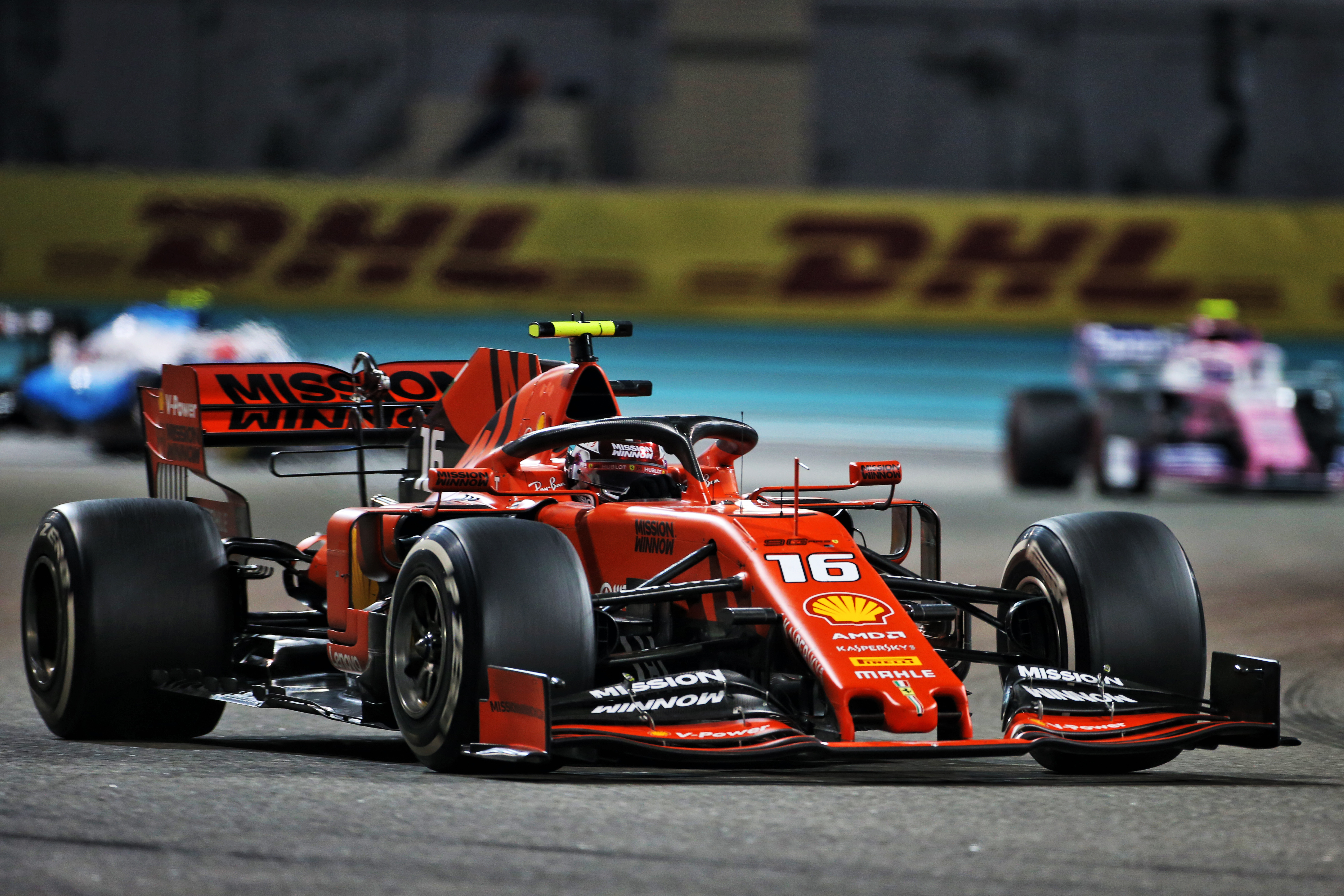
How you judge this order depends on how much you want to factor in qualifying pace. After all, on race pace Perez should surely be higher given his amazing capacity to extract speed from tyres even on an intense management run, although his qualifying pace is less spectacular.
Grosjean, at 83, also stands out. On his day, he’s capable of being as fast as anyone and he could justifiably be rated among the group of drivers in the 90s, while Albon’s similar rating seems low although is influenced by the sizeable gap to Verstappen in the second half of last season, meaning we can assume a significant upside.
But perhaps the most hard done by group are the three rated on 80 – Gasly, Norris and Russell. Gasly outperformed Kvyat on pace in the second half of last season yet is rated five worse off than his team-mate, which partly reflects his struggles against Verstappen. But Gasly is capable of being seriously fast, he just struggled to work with the car when at Red Bull.
Norris, too, showed prodigious pace last year and his underlying speed is worth more than 80. For Russell, we can accept that he’s again suffered because of not being able to show his speed, but he’s certainly not among the five slowest drivers in F1.
Poor old Giovinazzi also takes a beating here on 79. Given his underlying pace was very similar and often better to Raikkonen last year, being four points behind his team-mate is harsh. In fact, Raikkonen’s outright pace is now the weakest part of his game meaning he really should be in the lower reaches rather than ranked in the middle.
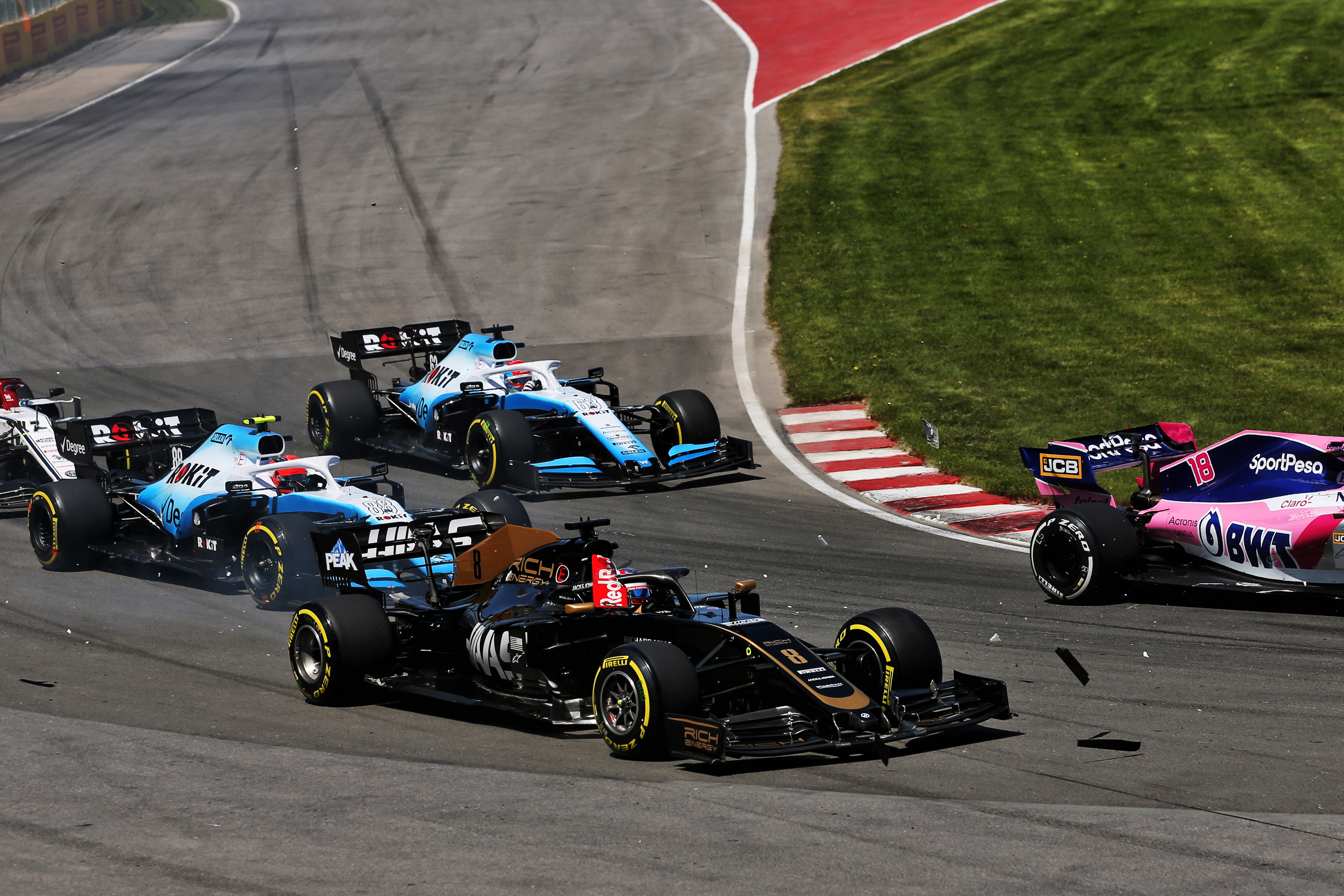
OVERALL
The overall rating has to reflect the place of the 20 drivers in the grand scheme of things in F1. Hamilton is on top with a rating of 94, in line with Lionel Messi’s as the best player in the world in FIFA 20.
The gap to 90-rated Verstappen seems a little big. While it reflects the fact Hamilton is one of the greatest drivers of all time with six world championships to his name, most believe the Red Bull driver could give him a run for his money in a straight fight for the championship.
Bottas should also have a slightly lower rating than Verstappen given it places him on equal footing as the second-best driver in the game. While a superb performer, he doesn’t quite have the edge that the Red Bull driver has.
Vettel and Ricciardo complete the top five, although it is astonishing to see Raikkonen coming out sixth and, at 87, one mark ahead of Leclerc. While Leclerc’s relative inexperience means he can justifiably be rated lower than Vettel – although based on last year he should probably be ranked at about the same level – Raikkonen’s rating appears rooted in a more distant past as he’s now a capable midfield driver who can make a good contribution to a team but not more than that.
What is accurate about the ratings is that there’s a relatively tight spread of numbers. Ignoring Latifi at 64, the rest are covered by 21 points from Hamilton down to Giovinazzi.
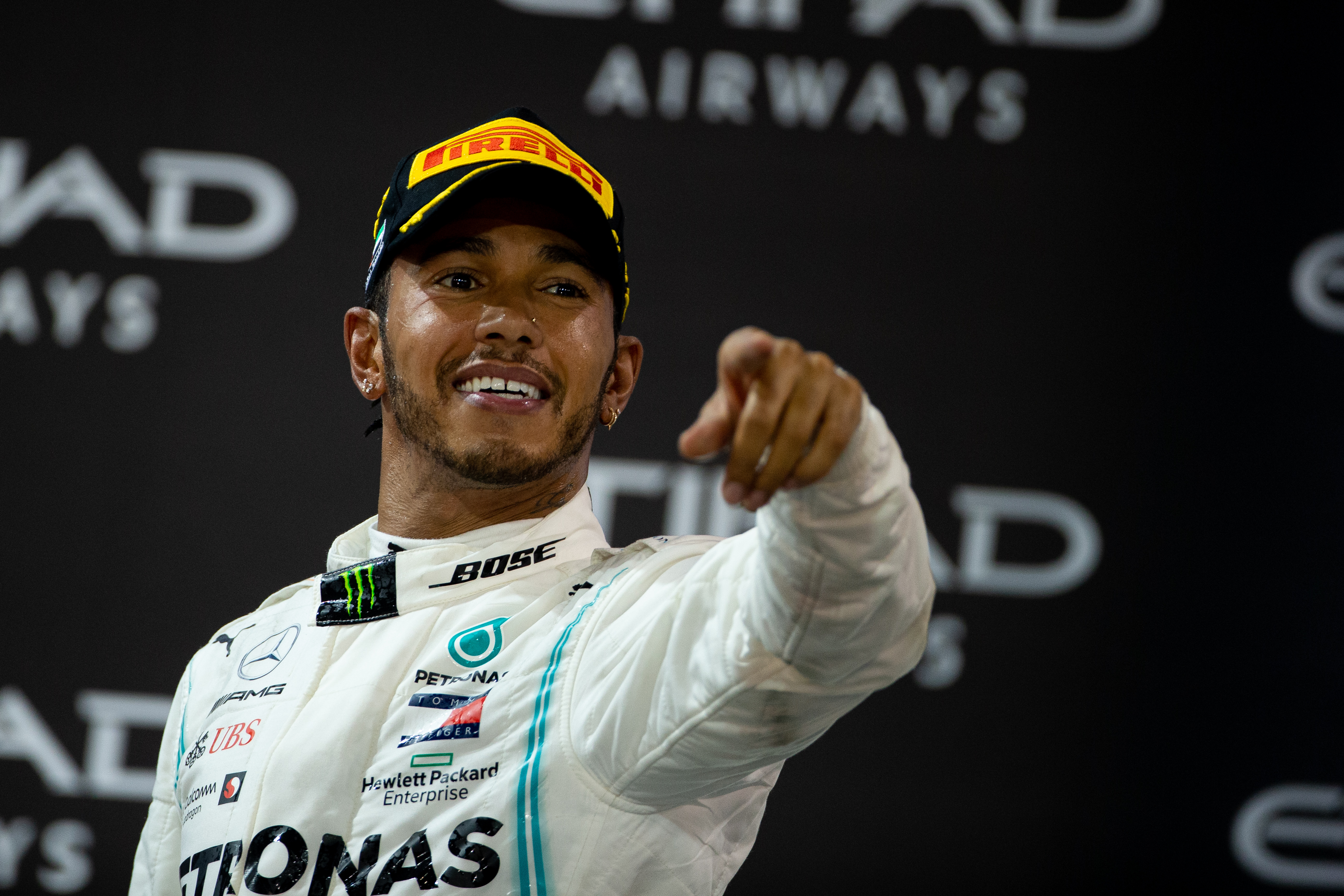
The order is not perfect by any means, but of course it’s not meant to be. There are drivers lumbered with lesser cars who suffer, while some of the less experienced racers can feel hard done by. But by definition, they all have a bigger upside to come.
This means that the F1 drivers you will race against virtually in F1 2020 won’t be too different from their real-world cousins.
But hopefully, future versions of the game will have a more comprehensive set of attributes. FIFA 20, for example, offers 33 different ratings plus an overall – as well as some named characteristics such as ‘solid player’, ‘speed dribbler’, ‘leadership’ and ‘playmarker’.
With the addition of separate ratings for qualifying speed, race pace, errors, technical skills, overtaking, defending and so on, a more comprehensive picture of the drivers can be built.
With just four criteria to evaluate and a strictly data-driven system of calculation, the Codemasters ratings will always be limited if you take them seriously as a real-world evaluation. What really matters is whether they make playing F1 2020 a better experience, which they surely will.



